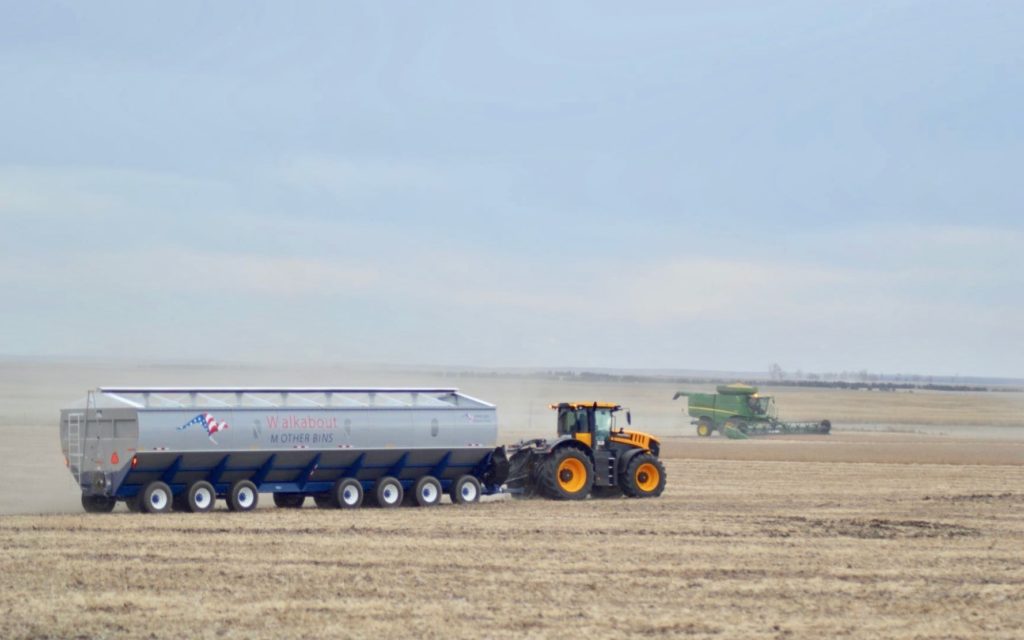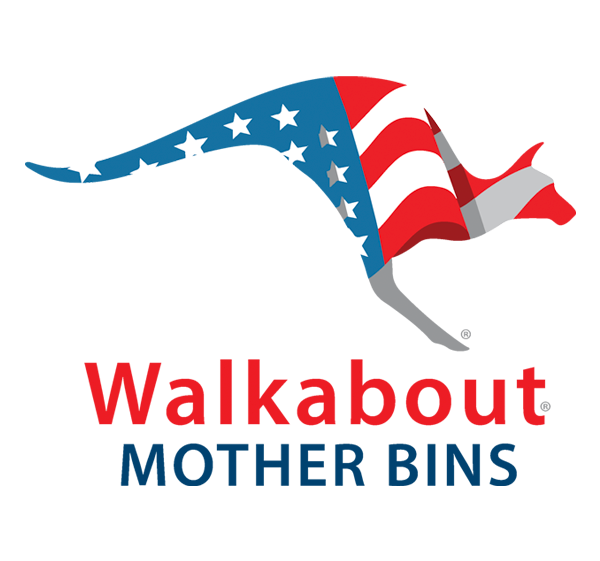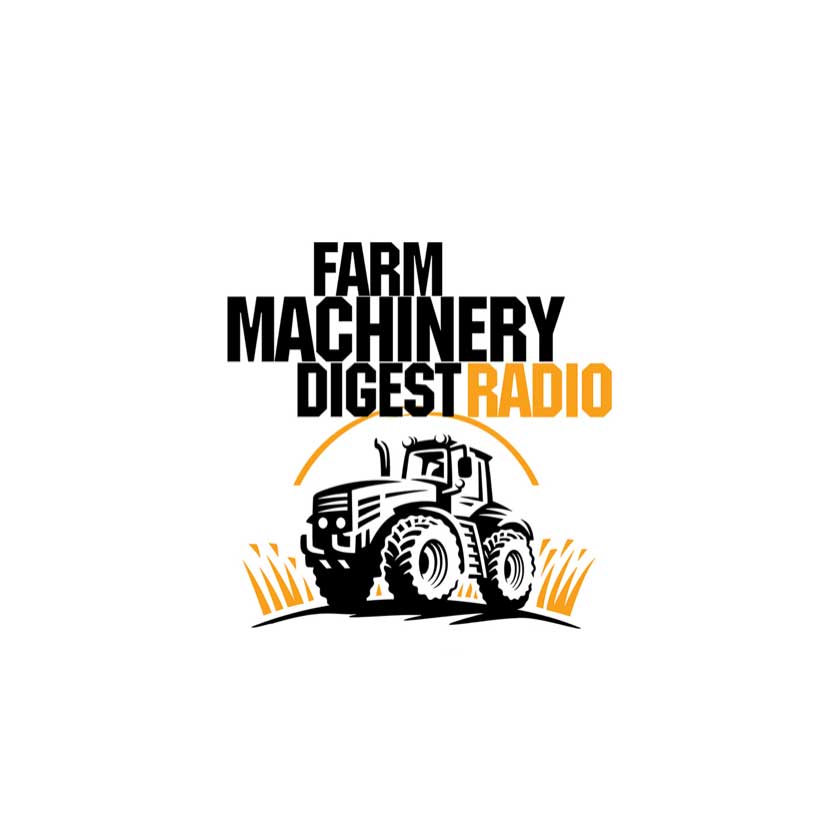
A note from the author, Brian Hedt, Horsham Victoria, Australia
David Hedt, the sole owner of the Walkabout Mother Bin company is my eldest son. Whilst I have watched him develop his business, contributed a little to several design aspects of the WMB, and assisted him a little whilst holidaying in the USA, I have no financial interest in his company.
David asked me to provide a brief history of the development of the mother bin concept in Australia. I hope you found my perspectives interesting and informative.
I wish David every success.
Dodds First Principal for Profitable Grain Production
50 years ago, as a 19-year-old in my 3rd year of farming, I attended a public meeting of farmers called by our state farming leaders to discuss the lack of capacity in the state-owned grain transport, handling and storage system in Victoria, Australia.
Not only was there a shortage of local storage but also insufficient numbers of rail cars to transport the crop to the ports for export. (Australia exports most of its production) Ships were waiting and demurrage was expensive and we growers were paying the bill.
Mr. Cliff Dodds, one of the most senior members of the group spoke at length about the best kind of storage. He maintained that the the best grain storage available was on wheels, be it trucks or trains, if it wasn’t moving then it wasn’t being brought to market. I called it “Dodds First Principal for Profitable Grain Production” in his honour and I have never forgotten it.
50 years on and everything has changed, and I mean everything except Dodds First Principal i.e. the need to keep the grain moving away from the combine. Crop yields have doubled and doubled again, speed of harvest has doubled and doubled and in many cases, doubled again. Farm size has doubled again and again. Truck capacity has doubled and in many cases doubled again and finally, penalties for weather-damaged grain have also doubled again and again.
Innovations through the years
They say necessity is the mother of invention so throughout the 1960’s farmers across Australia faced with this inability to move their grain resorted to multiple, home built on-ground temporary structures which comprised an 8’ wide roll of 2” weld mesh rolled out and joined end to end, then stood up to make a circular “tank” that sat on cleared ground in the field. It was lined with hessian into which about 800 bushels was augured from the combine. A portable 7” gas powered auger was then thrust into a hole cut in the side of this temporary structure to fill the truck. I remember these with fear and loathing!
The next innovation took hold in the 1970’s. It was a round semi-portable cone bottomed galvanized steel bin. These were light and could be towed from field to field when empty and dropped on the ground near the harvesting operation. Many thousands of these (average capacity 1000 bushels) appeared across Australia in farmers fields each harvest and once a bin was emptied into a truck via a gas powered or PTO driven auger it was jacked up, hooked to a pickup and towed closer to the combine or to the next field. As combines and yields grew bigger it required a fleet of these bins and it wasn’t uncommon to see more than half a dozen in a single field.
Grain carts hadn’t yet been widely adopted so the modus operandi was to harvest into them so they were effectively the first version of the surge bin concept for the truck to load from.
But the relentless drive for greater speed and efficiency during the harvest meant there was a limit to just how many of these bins one farmer could use because of their inherent limitations.
In the 1980’s, with the massive increase in the cost of combines, and the need to maximize their output, came chaser bins (Australian for grain cart) 400 bushels, then 600, then 1200 and now, at vast expense, 2000+ bushel machines complete with high maintenance tracks to reduce compaction and requiring heavy, high horsepower tractors to drag them around the field. These rapid advances in the harvesting process rendered these little 1000 -1500 bushel semi-portable bins obsolete. A better solution was required.
In the mid 1980’s out of farmers workshops in several places across the Australian grain belt came a new concept. Put simply, it was a long chassis on multiple axles with a hitch and PTO driven auger installed along a vee bottomed bin that enabled the farmer to temporarily hold up to 2000-3000 bushels. The bin could be moved closer to the harvester even when partially filled and have a higher discharge rate into the truck when it did return from the elevator. This innovation also shortened the grain cart’s round trip time to empty the combine tank.
Our first Mother Bin
In 1983 we purchased our first commercially produced Mother Bin; yes, that’s what it was called from the very beginning. Not because of its size (which would have been a perfectly legitimate reason) but because, based on Dodd’s First Principal for Profitable Grain Production – keeping the wheels turning and the grain moving – the entire harvest operation relied on and revolved around this piece of equipment, much like my childhood memories of our well run household revolving around our mother.
As the years progressed mother bins have become a common site across the Australian grain fields and the most generally accepted configuration is around the 3400 to 4400 bushels with an 18” auger.
There are indeed moves to make larger bins but major issues arise in the movement of these bins on public roads from field to field. The few super sized mother bins built so far(5500-7500 bushels) find themselves in fields 100’s of miles from the grain elevator where road trains hauling 4000+ bushels in a single load are allowed to operate. They are difficult to tow from place to place as most of their steering mechanisms are unsophisticated and generally unfit to be moved above 8-10mph. Their major disadvantage is that, even half loaded and with the biggest tractors hitched on they are very difficult to move down the field and therefore fail to provide the important advantage of being close to the harvest operation and shortening the grain cart travel times.
Farmers everywhere find a 4000 bushel mother bin suits their needs perfectly as an infield surge bin. Larger farmers with multiple large capacity combines (4+ machines) find that 2 X 4000 bushel mother bins are actually better than one larger one because of traffic density, both inward via the grain carts and outwards via the trucks. 2 X 4000 bushel bins allow for a more efficient “team based” harvest operation.
Having been a multi decade user of mother bins and watched their evolution I have to say the USA developed and constructed Walkabout Mother Bin has learned from the Australian experience but has added American sophistication that cannot be found in Australia.
I have had the pleasure of towing a WMB across several states in the USA.
It has the simplest and most sophisticated steering system I have experienced. It allows the user to confidently tow the bin on narrow roads and its fully independent and controllable rear steer setup gets you off the road and through narrow gateways into the field with ease. Or, if having to traverse tight right angle turns whilst traveling through rural towns or cities I have found it to be a breeze. Further, it can be fitted with scales, a vibrator for high moisture grain, independent rear steer and a remote cutoff on the discharge auger.
In the field the American grain producers who have Walkabout Mother Bins are reporting the very same improvement in productivity as seen down under. To get the best from a WMB in the USA I note several things that may require a minor change to the way in which truck loading is executed.
I have observed that most truck drivers don’t seem to be physically involved in loading their truck so it is left to the grain cart operator to “top off” his load. A much more efficient use of the grain cart is to dump quickly into the WMB and go back as quickly as possible to the combine. If the truck driver can be trained to control the loading of his/her own vehicle then efficiencies can be gained. This is standard practice amongst Australian truck drivers.
However, in the USA’s high yielding corn where numerous trucks are used I have seen a full time operator in the tractor attached to the mother bin controlling the truck loading operation. Between loading trucks the bin operator moves the WMB down the field so that it is always close to the loaded grain cart.
In the USA I have also witnessed the loading of 15 semi’s in just a few hours from grain bags. These trucks were parked several 100 yards from the bags in the field because the field was too wet to enter. The WMB was drawn up beside the bag unloader and as the bag unloader progressed down the bag it dumped grain into the WMB. The farmer loaded his grain cart from the WMB and hauled it to the road where each truck waited. The bag unloader did not stop from the start of the bags until they were completely finished. Combining the WMB’s holding capacity with its ability to be edged forward as the unloader progressed down the bag cut the loading time for these waiting trucks to about a third of what was expected. A very efficient outcome based entirely on the presence of his WMB.
On a cautionary note, it is best if a conventional tractor rather than an articulated tractor is used to tow your Walkabout Mother Bin as there is no bin yet built that behaves well if towed at any speed other than a crawl with an articulated tractor. The WMB tows superbly behind any reasonably sized rigid tractor.
Have we “Maxed Out?”
As I begin retirement I look at how the grains industry has advanced during my career and note that almost all links in the production chain have “maxed out” to the point where the only answer is to duplicate or run a second stream of equipment to cope with the relentless increase in combine capacity. This is fine but the financial leap required to duplicate for most grain producers is far too great and cannot be justified.
Meanwhile public roads limit a further increase in the capacity of trucks to carry more. Authorities will not allow an increase in the axle weights, trailer lengths, combinations or road speeds.
Grain carts are near, if not at their limits in terms of compaction (alleviated a little by the advent of tracks) but nevertheless requiring big horsepower to drag them loaded across soft fields.
Discharge augers can dump grain as quick or quicker than most operators can manage when attempting to distribute grain correctly across truck axle groupings. Grain sampling at elevators is now faster, it is highly mechanised and analysis is often handled by sophisticated computing systems.
Grain elevators have by and large upped the speed of their receival hoppers to the point where a truck can dump in seconds but still the combine can be stationary in the field because of any small glitch in the grain movement system .
To relieve these pressures farmers have invested enormous amounts of money in on-farm storage simply so that the combines can continue to roll but whilst these storage bins are a sound but huge investment they do have significant limitations. Usually, if sampling, the process is slower. The auger or elevator is also usually of a lower capacity and most importantly Dodd’s First Principal is broken. Whilst stored on farm grain is harder to sell, payment cannot be made and quality may be compromised. Then there is the cost of double handling i.e. reloading and transportation in the off-season can prove labour intensive and inconvenient.
So at what point does the whole harvest chain break most often?
In my experience harvest is halted most often when the combine stops because the grain cart or carts are full and the trucks have failed to return from the elevator.
A Walkabout Mother Bin is clearly the answer. This surge bin on wheels can be the difference between a combine harvesting at peak efficiency all day, thus extracting the maximum from all other links in the chain. A WMB is the cheapest and most efficient key to fulfilling Dodd’s First Principal of Profitable Grain Production. The presence of a single WMB used as intended in the harvest chain will increase output dramatically and quickly pay for itself.


